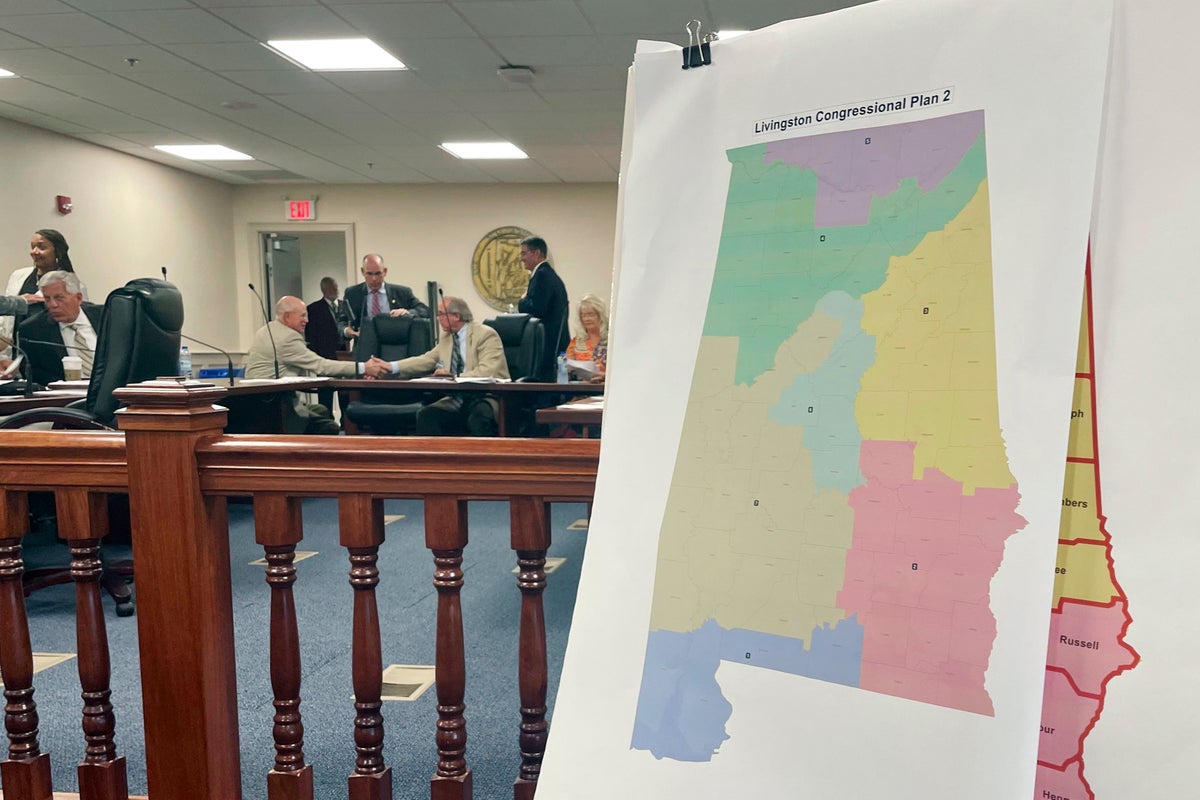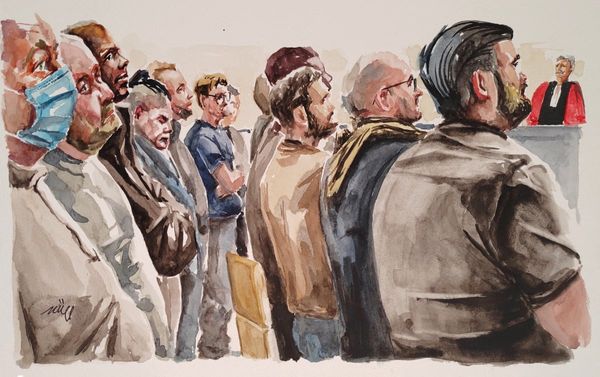
The US Supreme Court has shot down an attempt from Alabama’s Republican leadership to block a court-appointed redrawing of the state’s map of congressional districts that was previously rejected by the nation’s high court for discriminating against Black voters.
With the brief order on 26 September, a court-appointed official will now be able to move forward with drawing the boundaries for congressional districts ahead of 2024 elections, marking a major victory for voting rights advocates.
The order follows a federal court decision that struck down the state’s second attempt to redraw its congressional districts after a landmark ruling from the Supreme Court effectively ordered Alabama’s Republican-controlled state legislature to go back to the drawing board.
A three-judge panel in US District Court earlier this month said it was “deeply troubled” that the state approved a map that it “readily admits” does not meet its obligations to federal law.
“We are not aware of any other case in which a state legislature – faced with a federal court order declaring that its electoral plan unlawfully dilutes minority votes and requiring a plan that provides an additional opportunity district – responded with a plan that the state concedes does not provide that district,” the judges wrote in an order on 5 September.
Alabama’s map packs most of the state’s Black residents, who make up more than a quarter of the state’s population, into one single congressional district out of seven.
After it was ordered to draw the map, Alabama lawmakers instead maintained the status quo with a map that has only one district in which Black voters in the state, most of whom vote Democratic, have a chance of electing a likely candidate of their choice.
The latest GOP proposed plan contained only one district – currently represented by Democratic US Rep Terry Sewell – with a Black voting age population share of slightly more than 50.6 per cent. The Black voting age population in the other proposed district is 39.9 per cent.
The rest of the state’s Black voters are “cracked” across other districts, significantly diluting their voting power.
A special master appointed to oversee the drafting of a new congressional map came up with three proposals submitted to a three-judge panel this week.
One of the maps submitted by Richard Allen would create a second congressional district in southeastern Alabama with Black voting-age population of 50.1 per cent. Two other plans for the district would put the Black population at either 48.7 per cent or 48.5 per cent.
Those proposals exceed the roughly 40 per cent Black population threshold for a second district that federal courts had previously rejected.
A map with another Black voting-age majority district could boost chances of voters electing another Democratic member of the House of Representatives in critical elections next year.
Despite the “shameful” efforts of GOP lawmakers to reject rulings from federal judges and the Supreme Court, the nation’s high court “has once again agreed that Black Alabamians deserve a second opportunity district,” plaintiffs in the Allen v Milligan case said in a statement on Tuesday.
“This additional representation in Congress will undoubtedly change lives, especially for the hundreds of thousands of Alabamians residing in the Black Belt who suffer from lack of healthcare access, job opportunities, and crumbling infrastructure,” they added. “We look forward to a new era in our state’s history, in which power is shared and Black voices are heard.”







